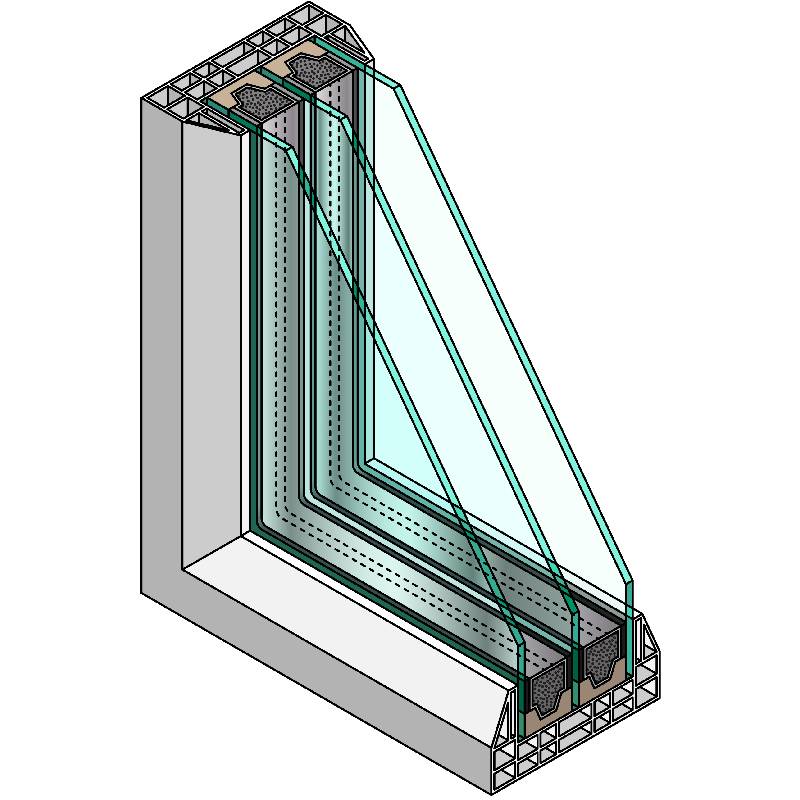

Understanding French Green Float Glass Characteristics and Applications
French green float glass, widely renowned for its distinctive hue and superior optical properties, is an essential material in the glass manufacturing industry. This specialized type of glass is created through a meticulous process known as float glass production, which provides a smooth surface and high quality, making it a popular choice for various applications, including architecture, automotive, and interior design.
The term float glass refers to the method of producing glass by floating molten glass on top of molten tin. This technique results in sheets of glass that are uniform in thickness and devoid of imperfections. During this process, the glass is tinted with iron oxide, giving rise to the characteristic green color. The shade of green can vary depending on the concentration of contaminants and the thickness of the glass, but it generally imparts a subtle elegance that complements a variety of architectural styles.
Understanding French Green Float Glass Characteristics and Applications
Aesthetically, French green float glass enhances the visual appeal of any structure. Its soft green tint adds a touch of sophistication and can harmonize beautifully with different materials, such as wood, metal, and concrete. The glass’s clarity allows for optimal light transmission, creating bright and inviting spaces. When used in facades, it provides a modern look while still allowing for privacy and protection from the elements.

French green float glass is also remarkably versatile. It can be treated, tempered, or laminated to enhance its strength and safety. Tempered glass, for instance, undergoes a thermal treatment process that increases its strength, making it more resistant to impact and thermal stress. Laminated glass, on the other hand, involves bonding two or more layers of glass with a layer of interlayer material, providing additional safety by holding shards together in the event of breakage. Both types can be customized with different finishes, such as frosted or etched surfaces, allowing for creative freedom in design.
In the automotive industry, French green float glass is commonly used in windshields and windows. Its clarity and strength make it ideal for vehicle applications, ensuring visibility while providing safety standards that protect occupants in case of an accident. The green tint also aids in reducing glare from sunlight, contributing to a more comfortable driving experience.
However, it’s not solely the architectural and automotive sectors that benefit from French green float glass. Interior designers have embraced its unique aesthetic properties for use in furniture, decorative items, and room dividers. The gentle tint enhances natural light without overwhelming the senses, making it a popular choice in modern residential and commercial spaces.
In conclusion, French green float glass is a remarkable material that offers numerous benefits, including energy efficiency, aesthetic appeal, and versatility. Its unique properties make it suitable for a wide range of applications, from architectural facades and automotive windows to innovative interior design solutions. As sustainability and design continue to evolve, the demand for high-quality materials like French green float glass is poised to grow, solidifying its place in the future of construction and design.